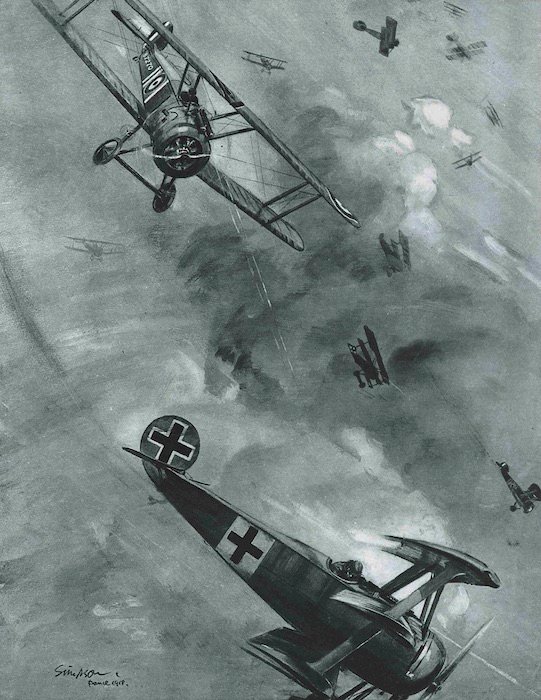The lost Gotha of New Farm Park
The lost Gotha of New Farm Park is lost in two senses. Firstly, because I’m fairly sure that it no longer exists. Secondly, because I’m quite sure that it never existed. Chris O’Regan pointed out on Twitter that ‘there used to be a captured German plane in New Farm Park’ in Brisbane. This was easy […]





